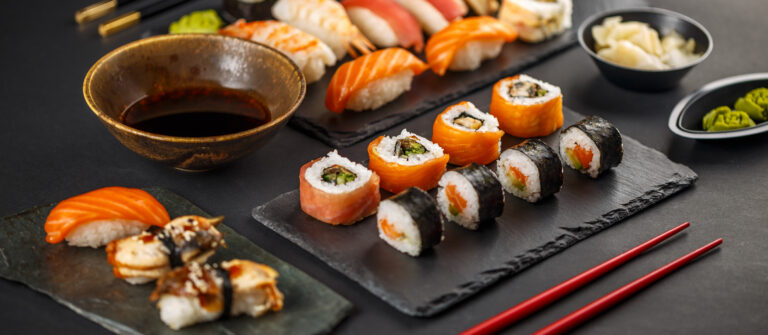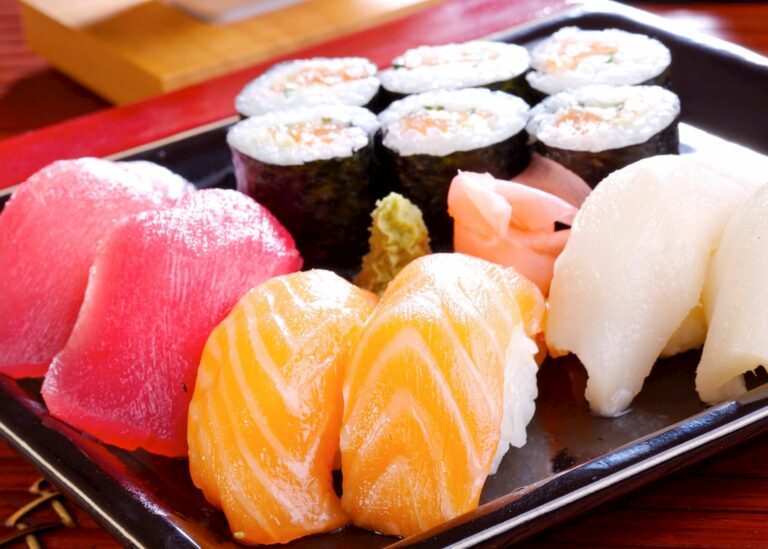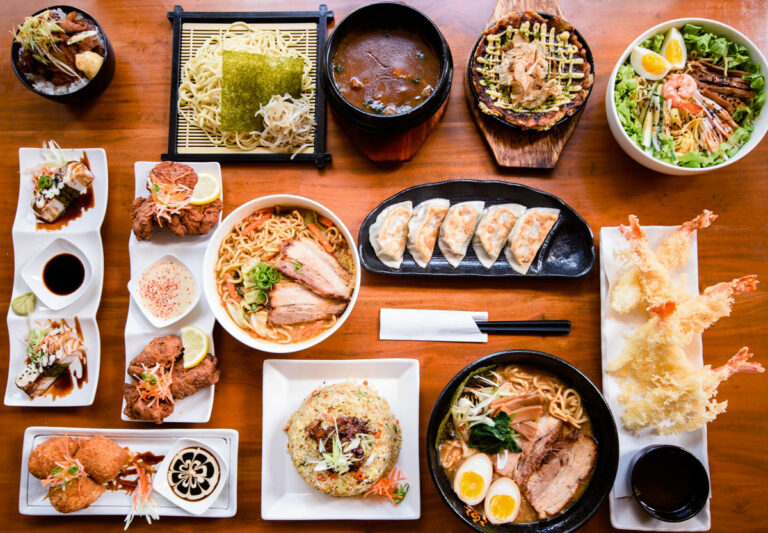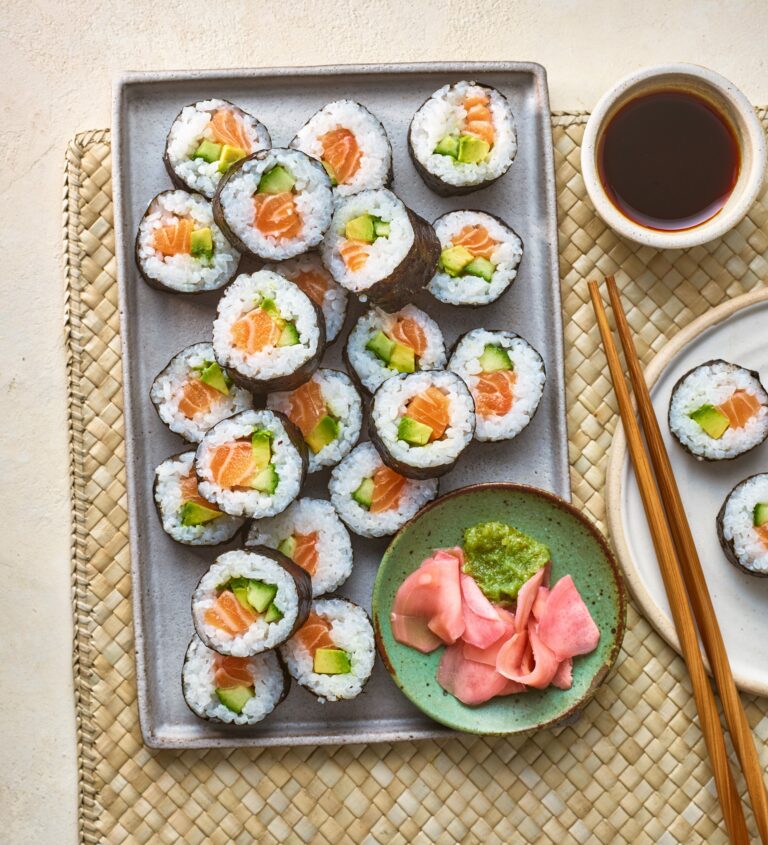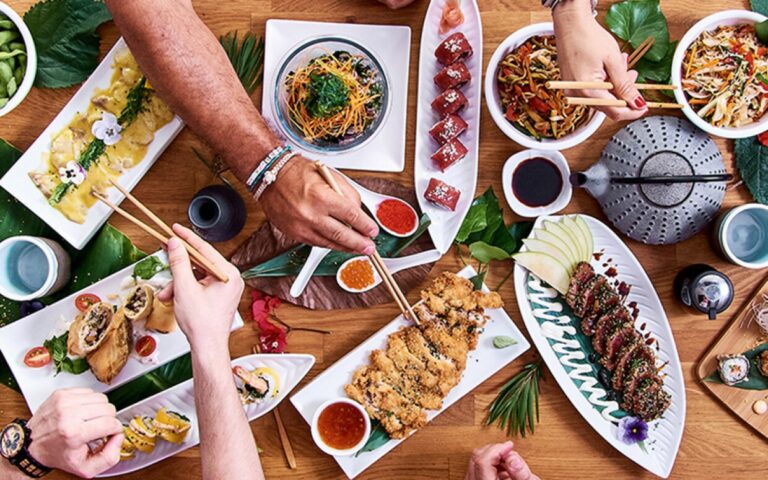Introduction: Japanese Cuisine
Japanese cuisine is known for its unique flavors, delicate presentation, and use of fresh, seasonal ingredients. While it has developed into its own distinct culinary style over the centuries, it has also been influenced by various cultures, including China. In fact, the historical ties between China and Japan have led to a significant cross-pollination of ideas, ingredients, and techniques.
Historical Ties: China and Japan
China and Japan have a long history of trade and cultural exchange, dating back to the 1st century AD. Chinese influence on Japanese culture can be seen in various aspects, such as tea ceremony, calligraphy, and architecture. However, one of the most notable areas of influence is cuisine. Chinese cuisine has had a profound impact on the development of Japanese cuisine, from the introduction of new ingredients and cooking techniques to the creation of fusion dishes that blend the two styles.
Shared Ingredients and Cooking Techniques
One of the reasons for the Chinese influence on Japanese cuisine is the shared use of ingredients and cooking techniques. For example, soy sauce, which is a staple in Japanese cuisine, was first introduced to Japan from China during the Nara period (710-794). Other Chinese ingredients that have been adopted by Japanese cuisine include rice vinegar, sesame oil, and Sichuan pepper. Similarly, Japanese cooking techniques, such as stir-frying and steaming, have been heavily influenced by Chinese cuisine.
Chinese Influences on Japanese Dishes
Chinese influence on Japanese dishes is evident in many ways. For example, dishes such as gyoza (Japanese dumplings) and chahan (fried rice) have roots in Chinese cuisine. Similarly, Japanese noodle dishes like ramen and soba have been influenced by Chinese-style noodles. Another example is tempura, which was inspired by the Chinese dish of fried vegetables and seafood.
Examples of Chinese-Influenced Japanese Dishes
Some of the most popular Chinese-influenced Japanese dishes include:
- Ramen: Originally a Chinese dish, ramen was adapted to Japanese tastes and has become a staple of Japanese cuisine. It consists of Chinese-style wheat noodles in a meat or fish-based broth, flavored with soy sauce or miso, and topped with ingredients such as sliced pork, seaweed, and green onions.
- Gyoza: Also known as Japanese dumplings, gyoza are typically filled with ground pork, cabbage, and garlic, and then pan-fried or steamed. They were originally inspired by Chinese jiaozi, but have evolved to have a distinct Japanese flavor.
- Chahan: A Japanese-style fried rice dish, chahan typically includes ingredients such as eggs, vegetables, and meat or seafood, and is flavored with soy sauce or oyster sauce. It has its roots in Chinese-style fried rice, but has been adapted to Japanese tastes.
Conclusion: Understanding the Fusion
In conclusion, Chinese influence on Japanese cuisine is evident in many aspects, from ingredients and cooking techniques to the creation of fusion dishes that blend the two styles. However, it is important to note that Japanese cuisine has developed into its own distinct culinary style over the centuries, and should not be seen solely as a derivative of Chinese cuisine. Rather, understanding the fusion of Chinese and Japanese influences can lead to a deeper appreciation of both cuisines.


